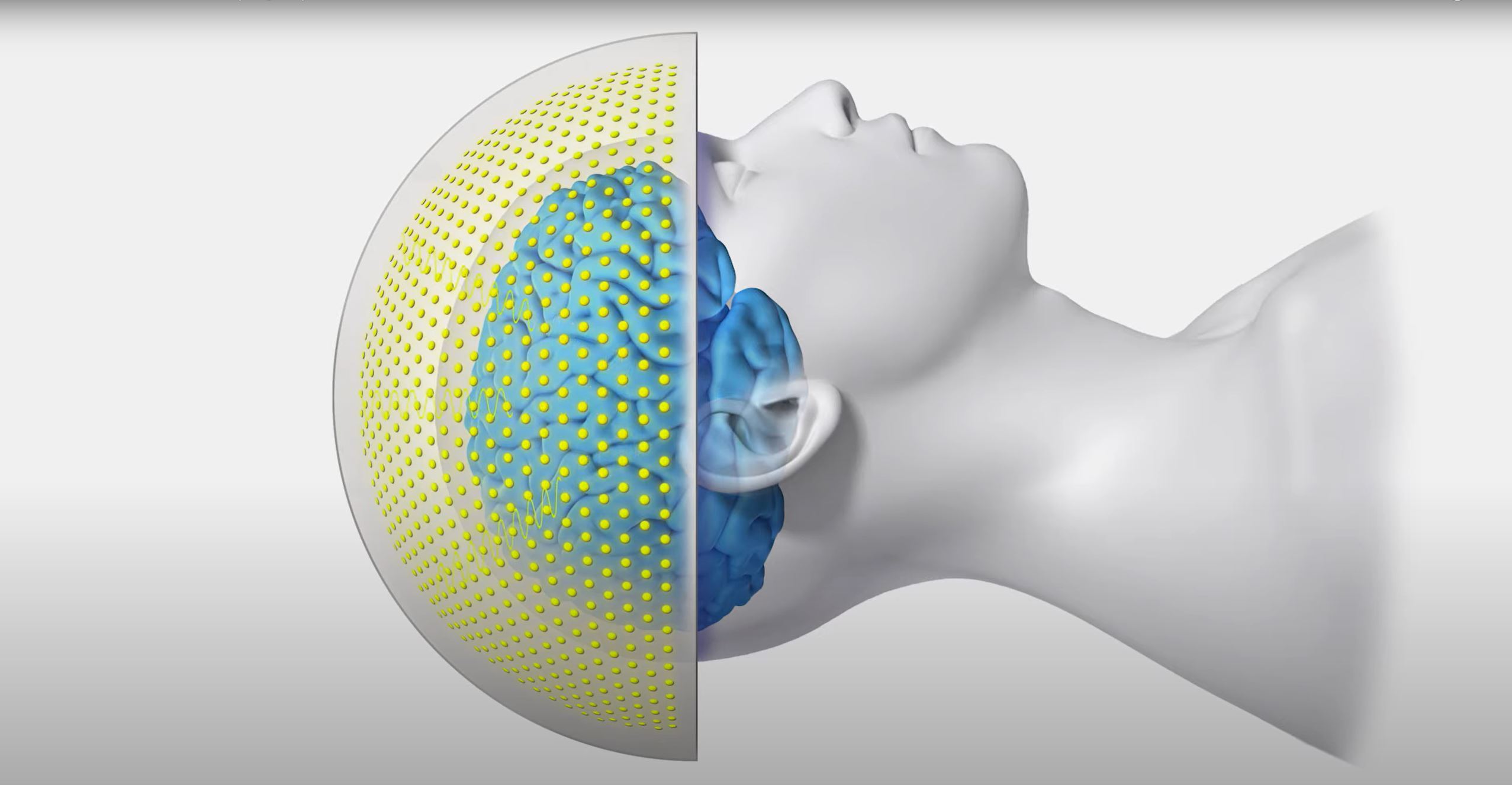Learn about the flu shot, COVID-19 vaccine, and our masking policy »
New to MyHealth?
Manage Your Care From Anywhere.
Access your health information from any device with MyHealth. You can message your clinic, view lab results, schedule an appointment, and pay your bill.
ALREADY HAVE AN ACCESS CODE?
DON'T HAVE AN ACCESS CODE?
NEED MORE DETAILS?
MyHealth for Mobile
Get the iPhone MyHealth app »
Get the Android MyHealth app »
MRgFUS to Treat Uterine Fibroids
MRgFUS to Treat Uterine Fibroids
Focused ultrasound energy is used to heat fibroids until the tumor is ablated. MR imaging is used to target the fibroid and to monitor successful therapy. The treatment takes about 3 hours, has few side effects, and allows the patient to return to work in a few days.
In the video below Dr. Pejman Ghanouni discusses MR guided focused ultrasound (MRgFUS) to treat uterine fibroids.
Am I suitable for the ExAblate® treatment?
Visualization of MRgFUS treatment for fibroids
Benefits of the MRgFUS procedure for uterine fibroids
Most women who are suitable candidates for this procedure reported significant symptomatic improvement within 3 - 6 months of treatment, with duration of relief determined by the percentage of the fibroid volume that is ablated. The procedure is non-invasive (i.e., not surgical scars) and may be performed in out-patient basis.
Contraindications
ExAblate® MRgFUS is not suitable for all patients. Patients who have any of the following should inform their doctor so he can make good treatment choices with you.
- If you have certain implants, such as pacemakers or neurostimulators, you may not be a candidate. Any metallic implants must be non-magnetic to prevent injury to the patient from the MR's strong magnetic field.
- Women who are pregnant may not be treated with this device. The effect of MRgFUS on the fetus could cause permanent injury or death to the fetus if the fetus is in or near the location of the focused MRgFUS beam. Also, the use of MR contrast agent is not advised and could potentially harm the fetus.
- Patients who are not generally healthy enough to withstand the treatment and to lie still in the same position for approximately 3 hours are not candidates for this treatment. These patients may have any of the following conditions: unstable heart conditions, such as a recent myocardial infarction (heart attack), congestive heart failure (fluid around the heart), unstable angina pectoris (chest pain) even on medication, etc.
- Patients with extensive skin scarring.
Please discuss all these conditions with your physician so your doctor can properly evaluate your suitability for the ExAblate® therapy.
Complications
You may experience numbness or tingling in your back, possibly extending down your leg. If this happens during the procedure, push the Stop Sonication button immediately and tell your doctor. The nerves in the sacrum behind the uterus may be irritated by the treatment. This unusual side effect, when it does occur, almost always resolves immediately. Rarely, women have had symptoms that have lasted up to a year after the treatment. By stopping the sonication and changing the angle of the ultrasound beam, these nerves can be avoided.
You may have soreness or inflammation in the tissue in front of your uterus, including the anterior abdominal muscles and the fat beneath the skin. This happens because sometimes these areas are heated during the procedure. This has been reported in about 10% of patients in earlier studies of the device; symptoms resolved quickly in those patients.
Learn more about other short and long term complications.
INTERESTED IN AN ONLINE SECOND OPINION?
The Stanford Medicine Online Second Opinion program offers you easy access to our world-class doctors. It’s all done remotely and you don’t have to visit our hospital or one of our clinics for this service. You don’t even need to leave home!
Visit our online second opinion page to learn more.
To schedule an appointment for MR-guided focused ultrasound, please call 650-498-6148.


